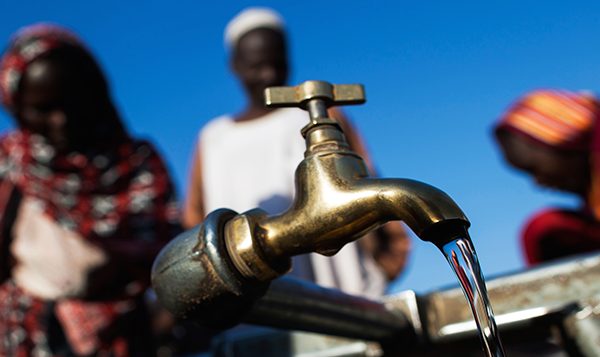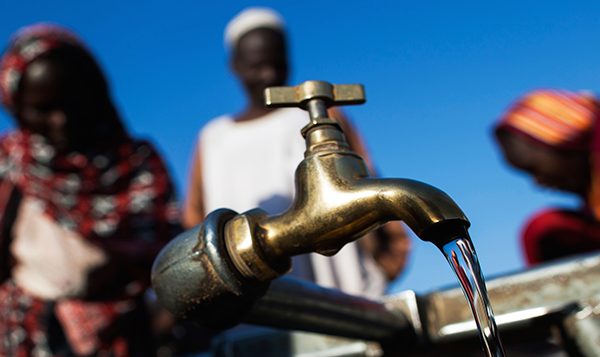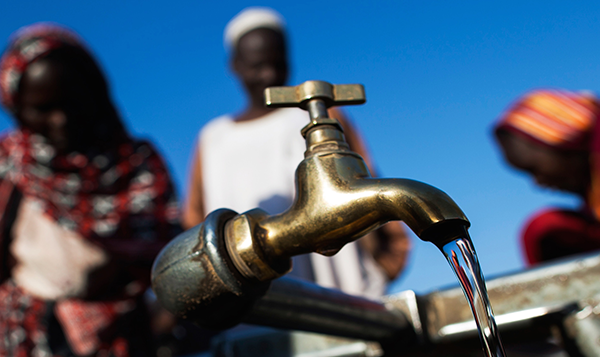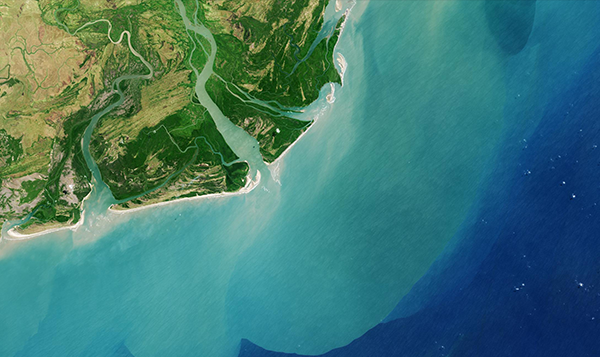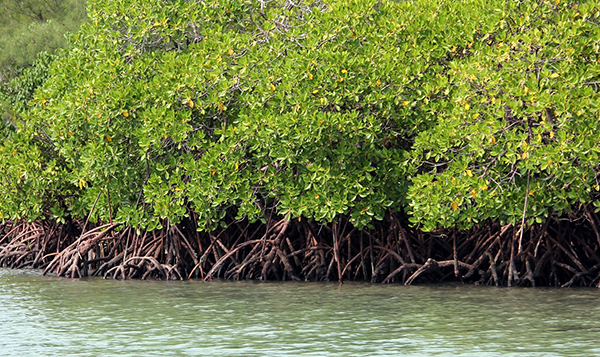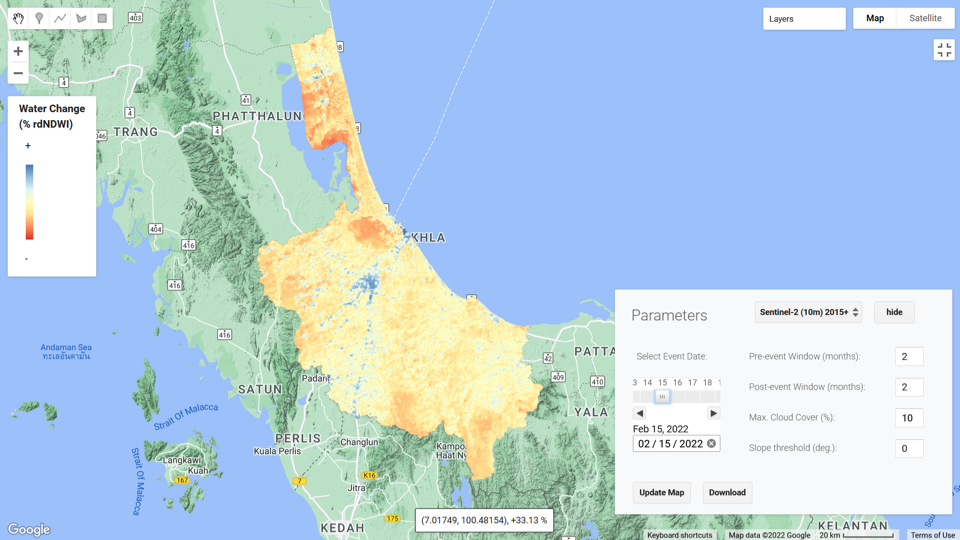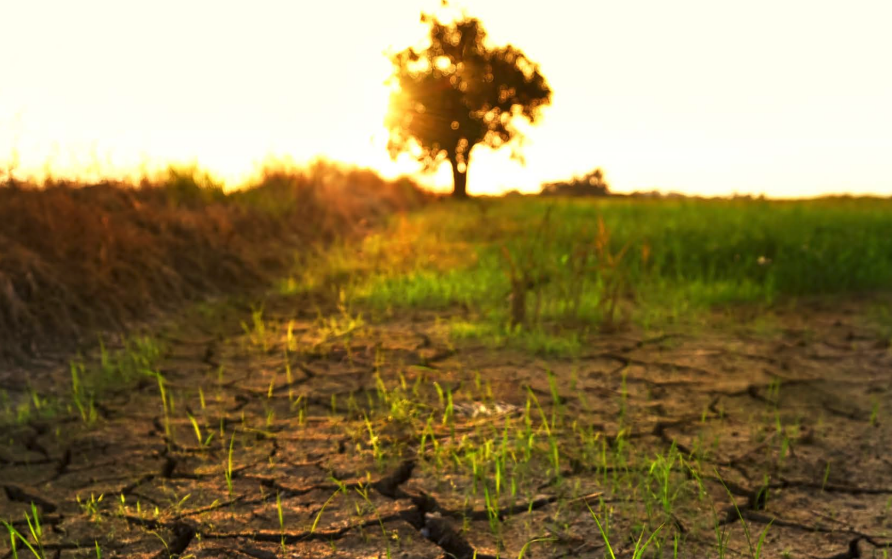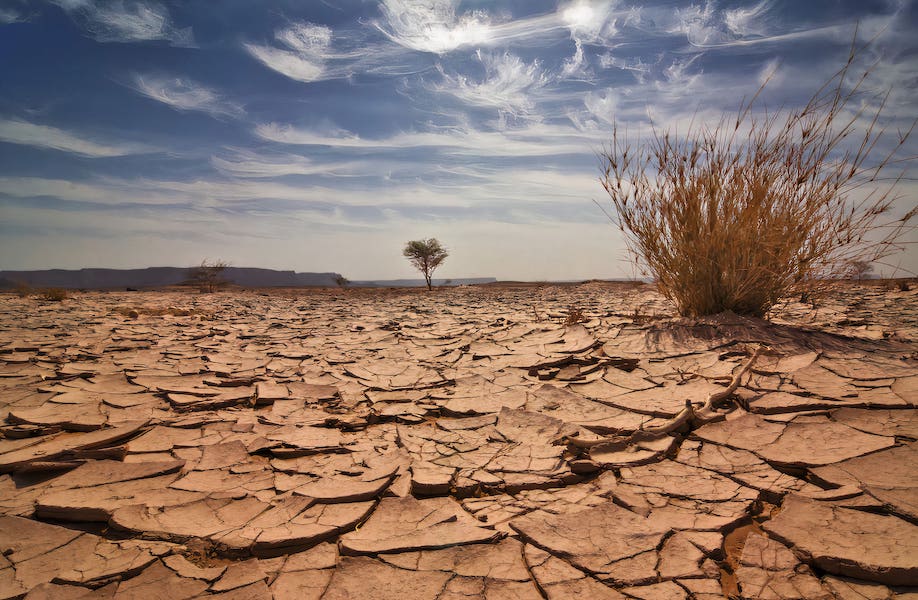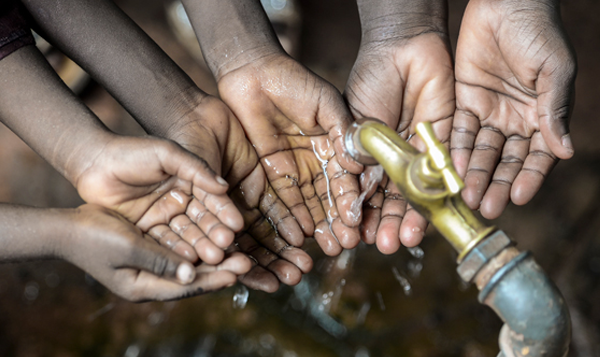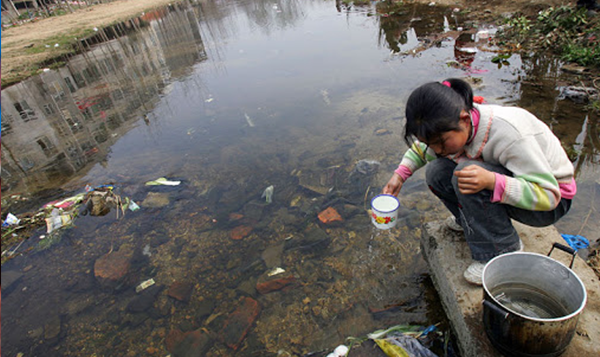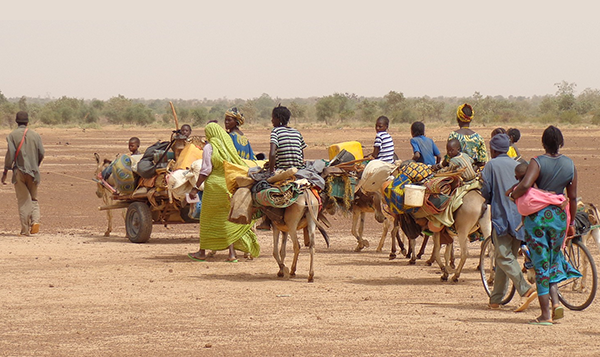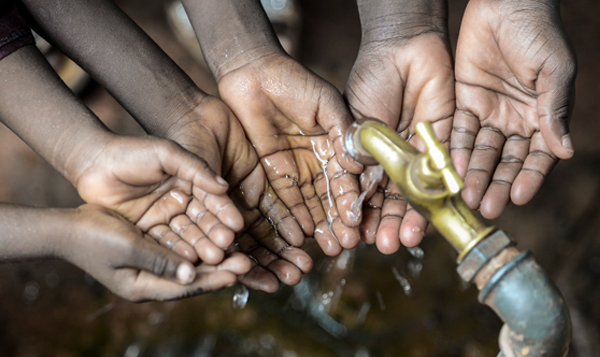About Learning Centre
The United Nations University Institute for Water, Environment and Health’s (UNU-INWEH) online Learning Centre (LC) provides university students and practicing water, environment and health professionals with an opportunity to strengthen their capacity in several focused and multidisciplinary learning areas. It offers free courses in several formats, including short courses for self-paced learning, course content for blended learning programs and customized curriculum development with regional centres, and courses to support capacity development activities for specific tools and systems. The courses are peer-reviewed by a range of experts and are closely aligned with the UNU-INWEH strategic plan.
